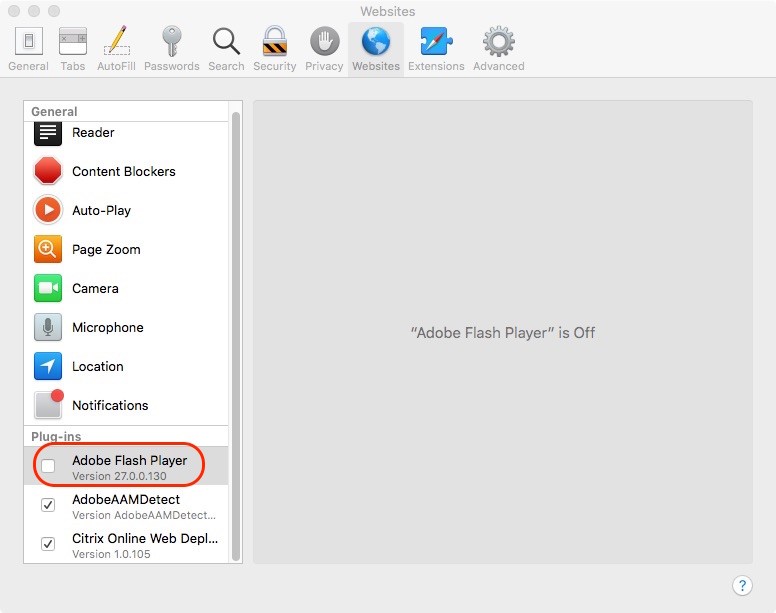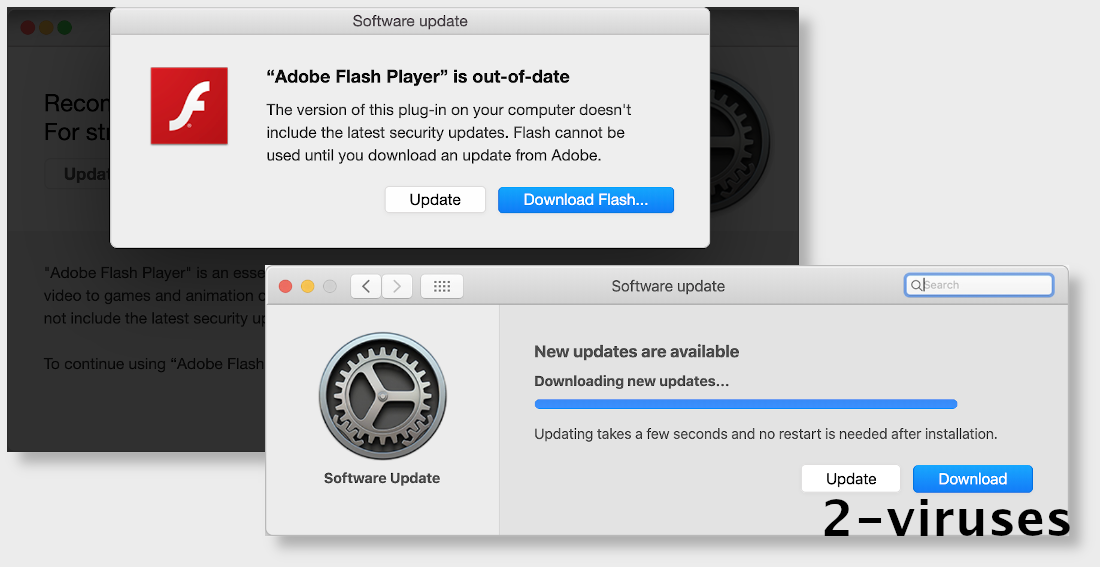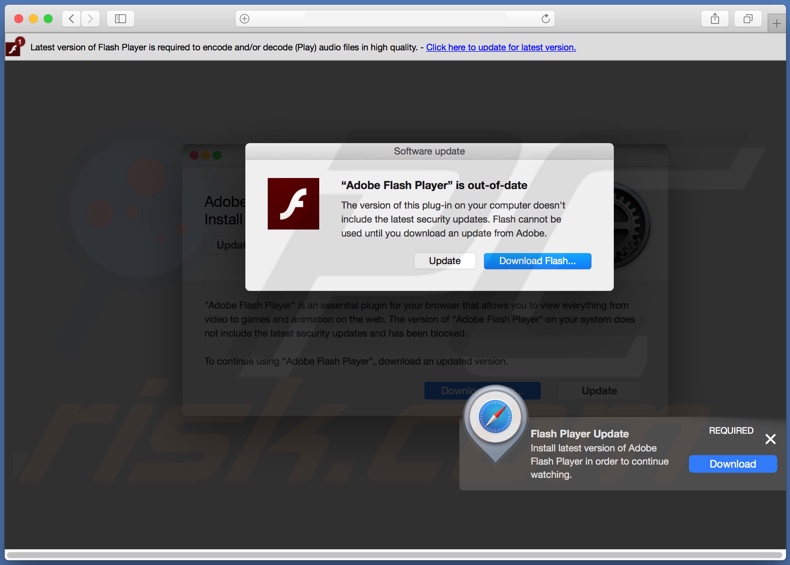Here is the complete guide on how to install Adobe flash player on mac and how to update Adobe flash player on Mac securely. Hope we all may come across several pop-us during our browsing and streaming. Do you remember the pop up asking you to install or update adobe flash player often? If yes, It is not at all same for the mac users. Ensure that Flash Player is enabled. Open the page that has the rich media content in Internet Explorer. For example, visit Flash Player Help. Click the Tools menu, in the upper-right corner of Internet Explorer. From the Tools menu, choose Manage add-ons. Select Shockwave Flash Object from the list. Adobe® Flash® Player is a lightweight browser plug-in and rich Internet application runtime that delivers consistent and engaging user experiences, stunning audio/video playback, and exciting gameplay. Installed on more than 1.3 billion systems, Flash Player is. Was working on my Mac and got an Adobe popup wanting to install a Flash Update (v. I thought it was a malware popup, but then I notice the Adobe Icon on the dock. Then I went and checked my Utilities folder, lo and behold, there it was (it had downloaded earlier in the morning). Compare the installed Flash Player version with the latest version of Flash Player for your Mac OS version. If the version numbers match, you have the latest version of Flash Player. Don’t reinstall Flash Player. Continue to the next solution. If the version of Flash Player on your computer is not the latest version, quit your browser.
Adobe Flash Player
Hundreds Of Adobe Flash Player Manager Download Popups Mac Chrome
What's new?
Staying Secure
Ensure your Flash Player installation is secure and up to date. Simply select 'Allow Adobe to install updates' during the installation process or choose this option anytime in the Flash Player control panel.
Gaming
Take your gaming to the next level with Flash Player's incredible Stage 3D graphics. Smooth, responsive, and incredibly detailed games are a click away. We've even added support for game controllers so come get your game on!
High Performance
Experience hardware accelerated HD video with perfect playback using Flash Player. Recent improvements allow supported Flash content and games to continue to deliver responsive feedback even when your CPU is maxed.
JavaScript is currently disabled in your browser and is required to download Flash Player.
Click here for instructions to enable JavaScript.
Version 32.0.0.453
Your system:
Mac OS X, English
About:

Adobe® Flash® Player is a lightweight browser plug-in and rich Internet application runtime that delivers consistent and engaging user experiences, stunning audio/video playback, and exciting gameplay.

Hundreds Of Adobe Flash Player Manager Download Popups Mac Os
Installed on more than 1.3 billion systems, Flash Player is the standard for delivering high-impact, rich Web content.

Optional offer:
Terms & conditions:
By clicking the 'Download Flash Player' button, I agree that I have read and accepted all of the following:
Note: Your antivirus software must allow you to install software.
Total size: 14.9 MB
Acrobat Pro DC Trial
Get a free trial of Adobe Acrobat Pro.
Take control of your work with Adobe Acrobat DC. Create, edit, sign and review documents in real time with your team, wherever and whenever you want.
Terms & conditions:
By clicking the “Download Acrobat Pro Trial” button, I agree that I have read and accepted
Note: Your antivirus software must allow you to install software.
Total size: 739 MB
Pop-ups can be ads, notices, offers, or alerts that open in your current browser window, in a new window, or in another tab. Some pop-ups are third-party ads that use phishing tactics—like warnings or prizes—to trick you into believing they’re from Apple or another trusted company, so you’ll share personal or financial information. Or they might claim to offer free downloads, software updates, or plugins, to try to trick you into installing unwanted software.
Unless you’re confident of an ad’s legitimacy, you should avoid interacting with pop-ups or webpages that seem to take over your screen. Here are additional tips that can help you manage pop-ups and other unwanted interruptions.
Check and update your software
Always make sure you install the latest software updates for all your Apple products. Many software releases have important security updates and may include improvements that help control pop-ups.
The safest place to download apps for your Mac is the App Store. If you need third-party software for your Mac, and it isn’t available in the App Store, get it directly from the developer or another reliable source, rather than through an ad or link.
Check Safari settings and security preferences
Make sure Safari security settings are turned on, particularly Block Pop-ups—for pop-up windows—and the Fraudulent Website Warning.
On your iPhone, iPad, or iPod touch, go to Settings > Safari and turn on Block Pop-ups and Fraudulent Website Warning.
On your Mac, you can find these options in Safari > Preferences. The Websites tab includes options to block some or all pop-up windows, and you can turn on fraudulent site warnings in the Security tab.
Pop-ups and ads in Safari
If you see an annoying pop-up ad in Safari, you can go to the Search field and enter a new URL or search term to browse to a new site. If you don’t see the Search field on your iPhone, iPad, or iPod touch, tap the top of the screen to make it appear.
Some pop-ups and ads have fake buttons that resemble the close button, so use caution if you try to close a pop-up or ad. If you're unsure, avoid interacting with the pop-up or ad and close the Safari window or tab.
On your Mac, you can also update your settings to prevent windows from opening again after you close Safari, or just press and hold the Shift key when you open Safari.
If you might have installed adware or other unwanted software on your Mac
If you see pop-ups on your Mac that just won’t go away, you might have inadvertently downloaded and installed adware (advertising-supported software) or other unwanted software. Certain third-party download sites might include programs that you don’t want with the software that you install.
If you think that you might have malware or adware on your Mac, update to the latest version of macOS. If your Mac is already running the latest version, restart it. macOS includes a built-in tool that removes known malware when you restart your Mac.
Check your Applications folder to see if you have any apps that you didn’t expect and uninstall them. You can also check the Extensions tab in Safari preferences to check if you installed any unnecessary extensions that you'd prefer to turn off. If you continue to see advertising or other unwanted programs on your Mac, contact Apple.
Learn more
- How to safely open software on your Mac
- How to recognize and avoid phishing and other scams